
Scholarly Literature
This is a database of scholarly literature that concentrates currently on natural and engineered selfish genetic elements (gene drives). The latest are shown here.
Disclaimer>
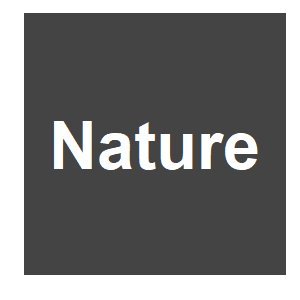
|
Incompatible and sterile insect techniques combined eliminate mosquitoesX. Zheng, D. Zhang, Y. Li, C. Yang, Y. Wu, X. Liang, Y. Liang, X. Pan, L. Hu, Q. Sun, X. Wang, Y. Wei, J. Zhu, W. Qian, Z. Yan, A. G. Parker, J. R. L. Gilles, K. Bourtzis, J. Bouyer, M. Tang, B. Zheng, J. Yu, J. Liu, J. Zhuang, Z. Hu, M. Zhang, J.-T. Gon, 572, 56-61. 2019.
Here we show that combining incompatible and sterile insect techniques (IIT–SIT) enables near elimination of field populations of the world’s most invasive mosquito species, Aedes albopictus. Millions of factory-reared adult males with an artificial triple-Wolbachia infection ... Keywords: Aedes aegypti, optimal control, wolbachia |
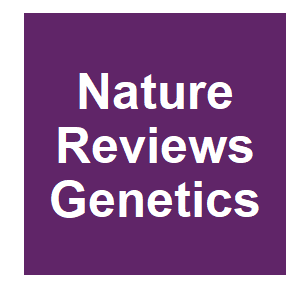
|
The potential of genomics for restoring ecosystems and biodiversityM. F. Breed, P. A. Harrison, C. Blyth, M. Byrne, V. Gaget, N. J. C. Gellie, S. V. C. Groom, R. Hodgson, J. G. Mills, T. A. A. Prowse, D. A. Steane and J. J. Mohr, Nature Reviews Genetics, 20:615-628. 2019.
Existing and emerging genomics tools offer the potential to improve the odds of achieving these targets. These tools include population genomics that can improve seed sourcing, meta-omics that can improve assessment and monitoring of restoration outcomes, and genome editing that ... Keywords: Aedes aegypti, optimal control, wolbachia |
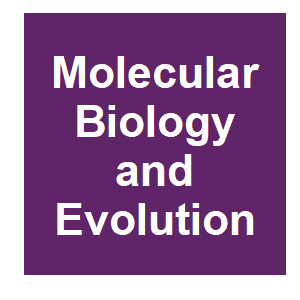
|
Sex-ratio meiotic drive shapes the evolution of the Y chromosome in Drosophila simulansQ. Helleu, C. Courret, D. Ogereau, K. L. Burnham, N. Chaminade, M. Chakir, S. Aulard and C. Montchamp-Moreau, Molecular Biology and Evolution, 36:2668-2681. 2019.
The recent emergence and spread of X-linked segregation distorters-called "Paris" system-in the worldwide species Drosophila simulans has elicited the selection of drive-resistant Y chromosomes. Here, we investigate the evolutionary history of 386 Y chromosomes originating from ... Keywords: Aedes aegypti, optimal control, wolbachia |
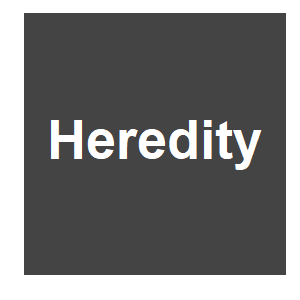
|
Interpopulation spread of a parasitic B chromosome is unlikely through males in the grasshopper Eyprepocnemis ploransM. I. Manrique-Poyato, J. Cabrero, M. D. López-León, F. Perfectti, R. Gómez and J. P. M. Camacho, Heredity, 124:197-206. 2019.
The near-neutral model of B chromosome evolution predicts that population invasion is quite fast. To test this prediction, in 1994, we introduced males of the grasshopper Eyprepocnemis plorans from a B-carrying population into a B-lacking population and monitored the evolution of ... Keywords: Aedes aegypti, optimal control, wolbachia |
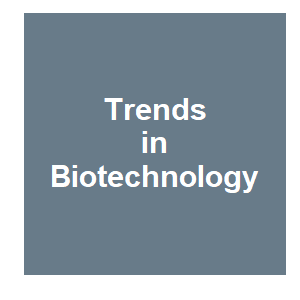
|
Synthetic Biology and the United NationsH.-E. Lai, C. Canavan, L. Cameron, S. Moore, M. Danchenko, T. Kuiken, Z. Sekeyová and P. S. Freemont, Trends in Biotechnology, 37:1146-1151. 2019.
Synthetic biology is a rapidly emerging interdisciplinary field of science and engineering that aims to redesign living systems through reprogramming genetic information. The field has catalysed global debate among policymakers and publics. Here we describe how synthetic biology ... Keywords: Aedes aegypti, optimal control, wolbachia |

|
Split-gene drive system provides flexible application for safe laboratory investigation and potential field deploymentV. L. Del Amo, A. L. Bishop, H. M. Sánchez C, J. B. Bennett, X. Feng, J. M. Marshall, E. Bier and V. M. Gantz, bioRxiv, 684597. 2019.
CRISPR-based gene drives spread through populations bypassing the dictates of Mendelian genetics, offering a population-engineering tool for tackling vector-borne diseases, managing crop pests, and helping island conservation efforts; unfortunately, current technologies raise ... Keywords: Aedes aegypti, optimal control, wolbachia |
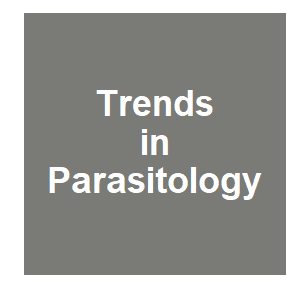
|
Sex Sorting for Pest Control: It’s Raining Men!C. Lutrat, D. Giesbrecht, E. Marois, S. Whyard, T. Baldet and J. Bouyer, Trends in Parasitology, 35:649-662. 2019.
In the pursuit of better pest- and vector-control strategies, attention returns to an old proven technology, the sterile insect technique (SIT) and related insect population-suppression methods. A major obstacle for any of these approaches that involves the release of sterile ... Keywords: Aedes aegypti, optimal control, wolbachia |

|
Biological control of pests and a social model of animal welfareA. Mankad, U. Kennedy and L. Carter, Journal of Environmental Management, 247:313-322. 2019.
We consider the role of perceived humaneness or, more accurately, animal welfare as it relates to managing invasive species from a scientific and social perspective. In order to highlight and articulate particular nuances and standards across different pest control contexts, we ... Keywords: Aedes aegypti, optimal control, wolbachia |
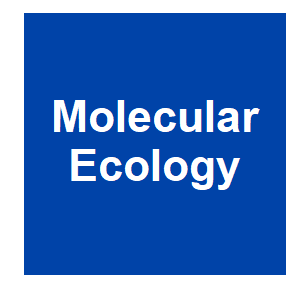
|
The association between mitochondrial genetic variation and reduced colony fitness in an invasive waspJ. Dobelmann, A. Alexander, J. W. Baty, N. J. Gemmell, M. A. M. Gruber, O. Quinn, T. Wenseleers and P. J. Lester, Molecular Ecology, 28:3324-3338. 2019.
Despite the mitochondrion's long-recognized role in energy production, mitochondrial DNA (mtDNA) variation commonly found in natural populations was assumed to be effectively neutral. However, variation in mtDNA has now been increasingly linked to phenotypic variation in life ... Keywords: Aedes aegypti, optimal control, wolbachia |

|
A century of bias in genetics and evolutionL. D. Hurst, Heredity, 123:33-44. 2019.
Mendel proposed that the heritable material is particulate and that transmission of alleles is unbiased. An assumption of unbiased transmission was necessary to show how variation can be preserved in the absence of selection, so overturning an early objection to Darwinism. In the ... Keywords: Aedes aegypti, optimal control, wolbachia |
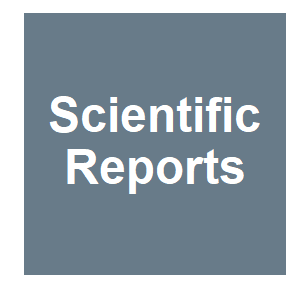
|
A synthetic male-specific sterilization system using the mammalian pro-apoptotic factor in a malaria vector mosquitoD. S. Yamamoto, M. Sumitani, K. Kasashima, H. Sezutsu, H. Matsuoka and H. Kato, Scientific Reports, 9:11. 2019.
We produced a transgenic mosquito line that expresses mouse Bax under the control of this testis-specific promoter. Transgenic mosquito males exhibited aberrant testes without functional sperm and complete sterility, whereas transgenic females maintained normal fecundity. Despite ... Keywords: Aedes aegypti, optimal control, wolbachia |
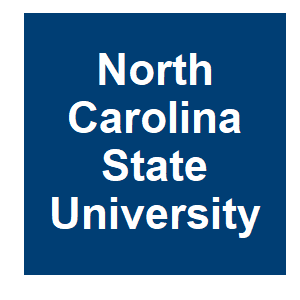
|
Exploring Stakeholder Perspectives on the Development of a Gene Drive Mouse for Biodiversity Protection on Islands: Workshop ReportM. Farooque, S. K. Barnhill-Dilling, J. Shapiro and J. Delborne, North Carolina State University, 2019.
The “Exploring Stakeholder Perspectives on the Development of a Gene Drive Mouse for Biodiversity Protection” workshop was held on the North Carolina State University campus in Raleigh, NC on March 7-8, 2019, aiming to convene a diverse group of stakeholders, scientists, ... Keywords: Aedes aegypti, optimal control, wolbachia |
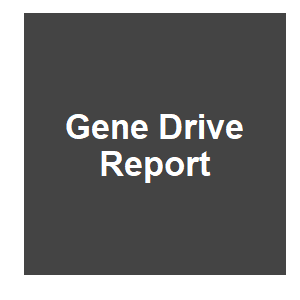
|
Gene Drives: A report on their science, applications, social aspects, ethics and regulationsH. Dressel, Critical Scientists Switzerland; European Network of Scientists for Social and Environmental Responsibility; Vereinigung Deutscher Wissenschaftler, 2019.
Engineered Gene Drives are a new form of genetic modification that provides the tools for permanently modifying or potentially even eradicating species or populations in the wild. Unlike the previous genetically modified organisms (GMOs), gene drive organisms (GDOs) are not meant ... Keywords: Aedes aegypti, optimal control, wolbachia |

|
Gene drives and the international biodiversity regimeF. Rabitz, Review of European, Comparative & International Environmental Law, 2019.
Gene drives are genetic modifications designed for rapidly diffusing traits throughout a target population. They are currently being proposed as biological control agents to combat, for instance, invasive alien species and disease vectors. They also raise concerns regarding their ... Keywords: Aedes aegypti, optimal control, wolbachia |

|
Gene-drive-mediated extinction is thwarted by population structure and evolution of sib matingJ. J. Bull, C. H. Remien and S. M. Krone, Evolution Medicine and Public Health, 2019:66-81. 2019.
Genetic engineering combined with CRISPR technology has developed to the point that gene drives can, in theory, be engineered to cause extinction in countless species. Success of extinction programs now rests on the possibility of resistance evolution, which is largely unknown. ... Keywords: Aedes aegypti, optimal control, wolbachia |
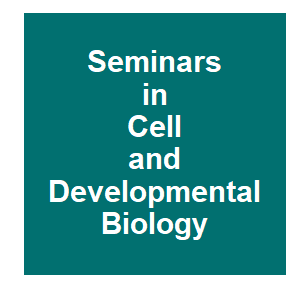
|
Improving plant-resistance to insect-pests and pathogens: The new opportunities through targeted genome editingD. S. Bisht, V. Bhatia and R. Bhattacharya, Seminars in Cell & Developmental Biology, 96:65-76. 2019.
The advantages of high input agriculture are fading away due to degenerating soil health and adverse effects of climate change. Safeguarding crop yields in the changing environment and dynamics of pest and pathogens, has posed new challenges to global agriculture. Thus, ... Keywords: Aedes aegypti, optimal control, wolbachia |
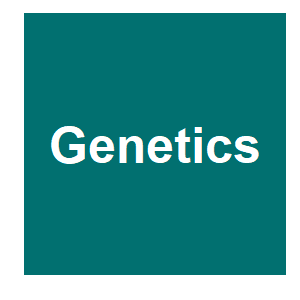
|
Identification of fk-1;, a Meiotic Driver Undergoing RNA Editing in NeurosporaN. A. Rhoades, A. M. Harvey, D. A. Samarajeewa, J. Svedberg, A. Yusifov, A. Abusharekh, P. Manitchotpisit, D. W. Brown, K. J. Sharp, D. G. Rehard, J. Peters, X. Ostolaza-Maldonado, J. Stephenson, P. K. T. Shiu, H. Johannesson and T. M. Hammond, Genetics, 212:93. 2019.
These findings indicate that unedited and edited rfk-1 transcripts exist and that these transcripts could have different roles with respect to the mechanism of meiotic drive by spore killing. Regardless of RNA editing, spore killing only succeeds if rfk-1 transcripts avoid ... Keywords: Aedes aegypti, optimal control, wolbachia |

|
RISCOS BIOTECNOLÓGICOS AMBIENTAIS E PARTICIPAÇÃO SOCIAL: POR UMA GESTÃO DEMOCRÁTICA DA BIOTECNOLOGIA GENE DRIVE NA ATUAÇÃO DA CTNBIOL. C. Rodrigues, Revista Jurídica (FURB), 22. 2019.
This research aims to study the way in which the environmental risks of Gene Drive biotechnology challenge forms of effective social participation, inserted in the management of biotechnological risks, whose responsibility lies with the organs ... Keywords: Aedes aegypti, optimal control, wolbachia |
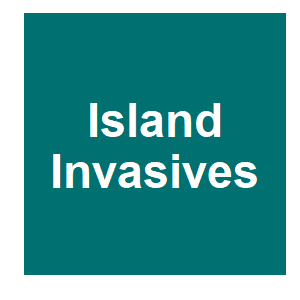
|
Genetic pest management technologies to control invasive rodentsD. Kanavy and D. Threadgill, Island invasives: scaling up to meet the challenge, 2019.
Many strategies exist to manage invasive pests on islands, ranging from poison to trapping, with varying degrees of success. Genetic technologies are increasingly being applied to insect pests, but so far, not to vertebrates. We are implementing a genetic strategy to eradicate ... Keywords: Aedes aegypti, optimal control, wolbachia |

|
Trialling gene drives to control invasive species: what, where and how?T. Harvey-Samuel, K. J. Campbell, M. Edgington and L. Alphey, Island invasives: scaling up to meet the challenge, 2019.
The control of invasive species would be enhanced through the addition of novel, more effective and sustainable pest management methods. One control option yet to be trialled in the field is to deploy transgene-based ‘Gene Drives’: technologies which force the inheritance of ... Keywords: Aedes aegypti, optimal control, wolbachia |

Contact
David O’Brochta
Foundation for the
National Institutes of Health
geneconvenevi@fnih.org
RSS

